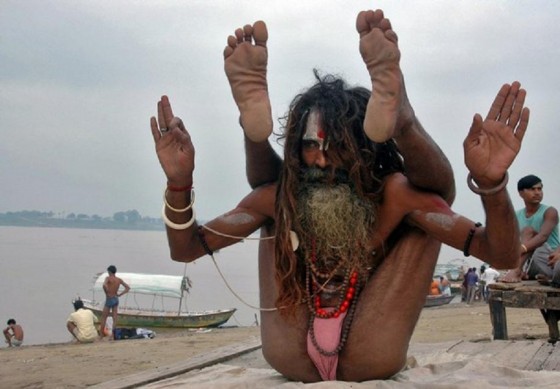Hello to all my fans. It’s good to be back after my holiday in India.
Thank you for all your comments on my last article about test match cricket. My English is not good enough to understand the colloquial terms used by some of my fans. I once spoke to my Guru and asked him to explain how I could get knotted. He said it was a term used in yoga.
I have been very interested in the change in cricket in Australia. There’s now a new test captain and stronger bowlers. I am glad Mr Ponting is still in the team. The South African team is possibly the best team in the world this year with the exception on India of course.
England are not so good when Kevin Pieterson (the South African) is troubled in the changing room. Sri Lanka will do well this year and maybe the Windies will start to show their balls…with some fast bowlers.
I remember my father telling me about Australia’s great tennis players. Left handed Laver, the King of the court. Now there is only atomic…but some say he is a kitten. Lleyton is only a memory of a suburb in London.
Why I asked my father have Aussies stopped playing tennis.
He said they are concentrating on winning ashes of stumps of long ago. India is not good at swimming. We drink a lot of water, but not after some people have been swimming in the waters. Australia used to be fantastic at swimming but they only won maybe ten or twelve Olympic golds in London this year.
India managed golds at squashing and synchronised dart playing…and of course being top at cricket.
Next world cup we expect to do well at soccer…we have already beaten Tibet and Nepal. It was difficult to get the ball back when it rolls down the mountains. The unbiased referee wore an oxygen mask in the second half , and low cloud made his decisions distinctly dodgy .
We had a friendly with our Aussie mates at beach volley ball .They accused us of cheating when we played our first team, all men of course, against your womens team. We lost by a small margin. We thought it was correct dress to wear saris, but we kept falling over.
Once again our national menu has dominated food festivals around the world. More Indian cafes in the UK and USA than in India. Russia complained gases from our customers are increasing global warming. China has banned our dishes because the rice is too heavy to carry on the plates.
Only in Australia are we not top dishes.
They prefer Kee Babbbies. It does not give them tummy explosions. Although the smell in Sydney rivals Mombai.
With petrol prices so high, they will soon be welcoming our glorious curry expresses.
Only at racing can India rival Australia. The most wonderful Melbourne Cup is the jewel in majesty and fashion and even has some fine horses. But can they be compared to India’s most glorious Delhi Cup. Only the finest camels are allowed to take part. The Melbourne Cup is over two miles, but the Delhi Cup is over twenty miles and on sand. Importantly, after the races, we can give the meat to the poor for a grand feast.
I am so pleased to be back here again in my second home, and will look forward to bringing you all the latest news from this seasons coming test matches .
Remember this year you must not bring your sledges on the pitch, and name calling is alright if it is in Swahili.
Why is cricket played in whites…and not Khaki? In India, Khaki is dust mixed with your whites to give a lovely motley effect. Most teams are covered in dust in the dry season, and when the monsoon rains arrive, the team is back in cricket-whites.
In the rainy seasons we usually wear snorkels. Elephants are used in stead of pitch rollers. And beware…the snake signs have now all been removed.
Good luck to all the players and if you wish to gamble be sure…India will win, of course.
Rangla gangnam to you all.
by Rahndi Ghit


